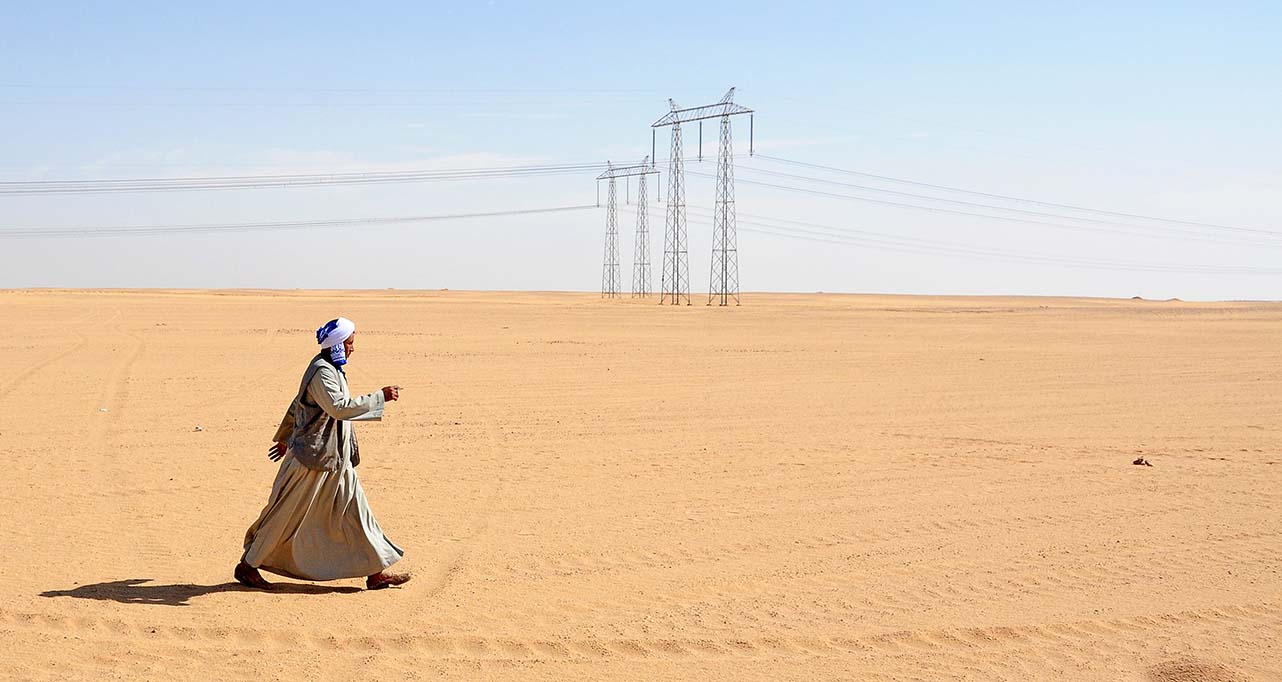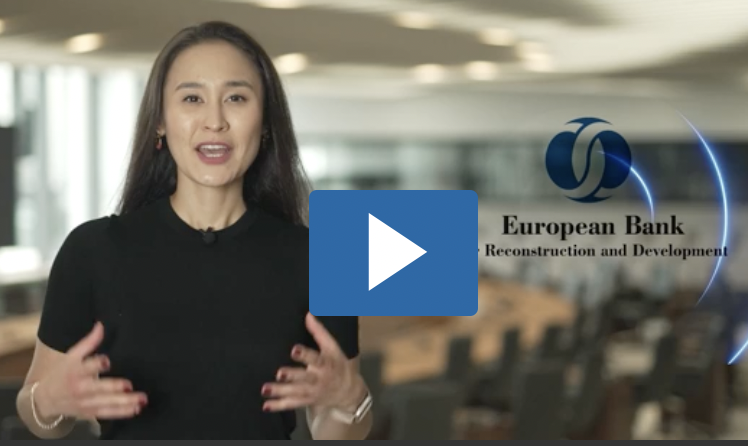Maybe later than other countries, but with special vigour, Serbia is embracing the concept of creating a green economy. The EBRD is at the forefront of these efforts. Since the start of its operations in 2001, the Bank has invested €5.3 billion overall in the country and more than half of the current projects there are in sustainable infrastructure.
“Investment in renewable energy is at the core of our energy strategy. It is particularly important for the Balkans region, which until recently has depended heavily on coal for electricity generation. We are very pleased to see Serbia making such a strong commitment to renewables, and to have been able to support that commitment,” says Zsuzsanna Hargitai, EBRD Director Western Balkans and Head of Serbia.
Despite this progress, a lot remains to be done. The country is still heavily reliant on coal. A lot of energy is wasted. Renewable energy is in the fledging stage. Energy efficient technology is not sufficiently available. All this makes the country vulnerable to climate change.
For the EBRD this is an urgent appeal to roll up our sleeves and strengthen our effort to convert Serbia into a green economy. Here are some concrete examples:
Renewable energy
Renewable energy is crucial for Serbia to cut CO2 emissions and reach its environmental targets. The EBRD is co-financing the Čibuk and Kovačica windfarms which will produce electricity for close to 180,000 households, while reducing CO2 emissions by more than 600,000 tonnes annually.
“Every time a turbine turns, it produces enough electricity for one household for 24 hours and it turns 6-7 times in a minute. There is no CO2 emission and this 100 per cent clean energy is the main benefit of windfarms,” explains Tomer Nir, who works on the Kovačica project.
This is bringing Serbia closer to the objective set by the National Renewable Energy Action Plan which created a target of 27 per cent share of renewable energy in overall energy consumption by 2020.
The EBRD is also exploring how renewable energy can be used to power district heating and cooling systems, which are currently dependent on fossil fuels. In order to utilise this potential, a programme was launched in January 2019 with €4 million donor funding from the Austrian government to develop projects in solar thermal, geothermal technology and heat pumps.
A greener way of life
The EBRD is also investing in energy efficiency in cities and towns across the country. Šabac, a city in the west of the country, is pioneering a programme to upgrade older buildings lacking proper insulation. Among others, this is expected to have an important signal effect as the building sector in Serbia is one of the biggest consumers of energy with average energy consumption three times the amount of a developed EU country.
In Belgrade, as well as improving energy efficiency in residential buildings, the Bank has teamed up with the European Union to renovate the City Library and three medical buildings. The Emergency Medical Institute, Student Healthcare Centre and Student Hospital will all be refurbished using a €10 million EU grant, alongside a €5 million EBRD loan. Once in place, the project will help cut CO2 emissions as well as minimising energy wastage. All of this will cut costs. For patients, improving heating will make their time in hospital more comfortable.
Public buildings are in focus in Vojvodina too. The EBRD is working with the Provincial Government to do an assessment of the energy efficiency of buildings and coming up with an action plan to implement the changes. The Provincial Government are even running a competition, where 80 buildings in the town will be selected by a public vote. The winning selection will be considered for EBRD financing.
Supporting households and small business
The EBRD is also reaching out to foster private initiatives by businesses and households in the field of energy efficiency. A dedicated Green Economy Financing Facility, launched in 2018, is helping citizens in Serbia to make their homes more energy-efficient. The local partner banks UniCredit and Erste Bank are offering loans for green technology solutions such as double-glazed windows, high-efficiency boilers or thermal insulation.
Investments in energy efficient technology are also eligible for EU grants of up to 20 per cent of their total value.
Small businesses meanwhile can benefit from the Green Innovation Vouchers initiative, launched 2018, to make energy saving changes.
What next?
Serbia committed to and signed the Paris Agreement on Climate Change in April 2016 and ratified it in July 2017, pledging to cut 9.8% of CO2 emissions by 2030. This an ambitious task. The EBRD will continue to play a key role in helping the country achieve these goals by promoting energy efficiency and renewable energy, while assisting with replacing aging electricity generation capacity and bringing power generation into compliance with EU environmental standards.
The awareness is there, the effort is underway and now is the time to act. As the Serbian proverb has it: Gvožđe se kuje dok je vruće. In English: strike while the iron is hot. An energy efficient one, of course.



